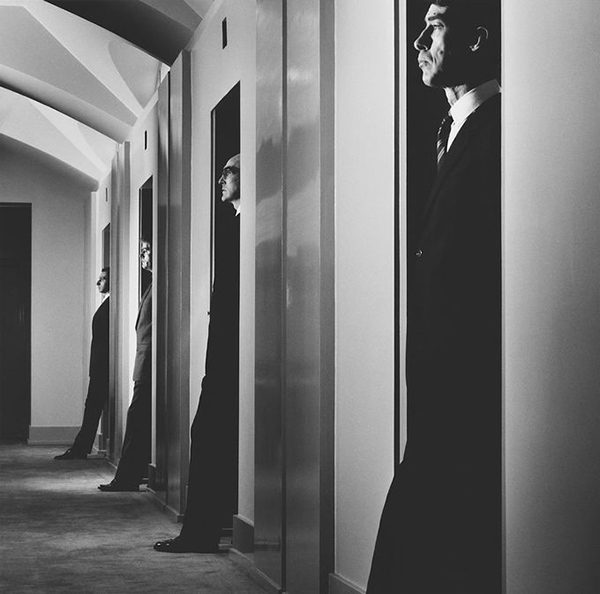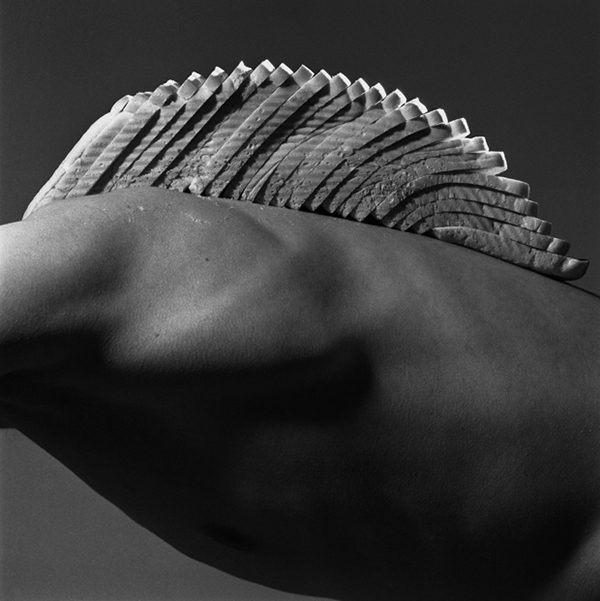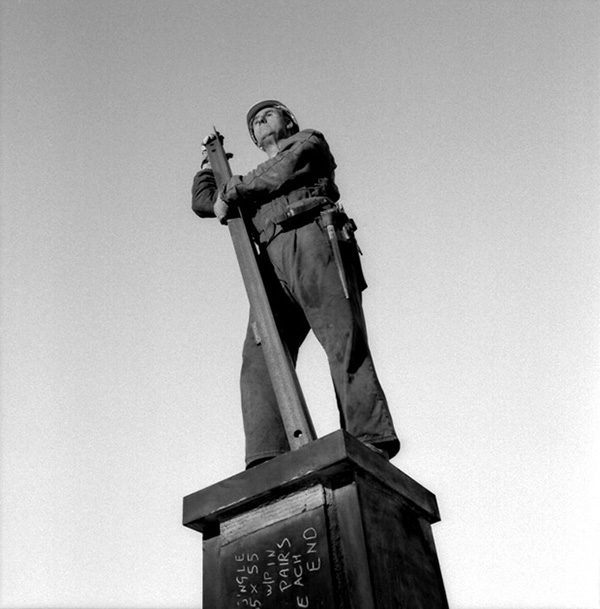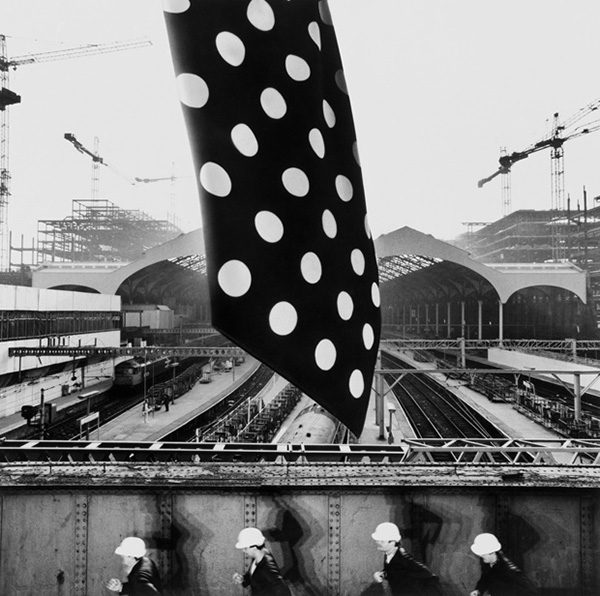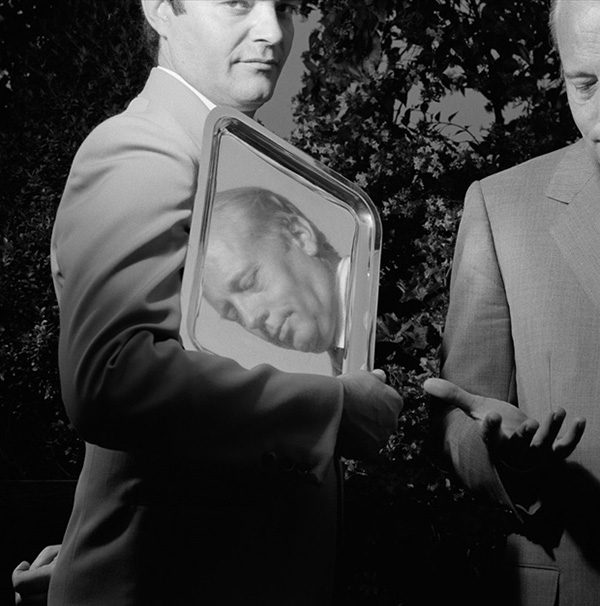PHOTO:Brian Griffin-Capitalist Realism
 Without Brian Griffin, the world of portrait photography would be vastly different. Griffin’s diverse influences, including Surrealism and Renaissance masters and his innovative use of symbolism and film noir-style lighting upended the world of business photography and established him as one of the most influential photographers. Brian Griffin is still pushing the boundaries of portrait photography.
Without Brian Griffin, the world of portrait photography would be vastly different. Griffin’s diverse influences, including Surrealism and Renaissance masters and his innovative use of symbolism and film noir-style lighting upended the world of business photography and established him as one of the most influential photographers. Brian Griffin is still pushing the boundaries of portrait photography.
By Dimitris Lempesis
Photo: Steven Kasher Gallery Archive
For his first solo exhibition in U.S.A. Brian Griffin presents 60 black & white and color photographs, most dating from the years, 1979-90. When Thatcher came into power in 1979 and the mines began to seal their doors all across Britain, Griffin began capturing both the heroes and victims of Thatcherism and globalization. The title of the exhibition, “Brian Griffin: Capitalist Realism,” is a reference to the photographic style he adapted for this project, which was termed Capitalist Realism, a parody of Socialist Realism. In his quirky portraits of businessmen and workers, Griffin turned the workplaces in which he photographed into stages and his subjects into actors. While the workers are monumentalized as heroic figures, they are also shown as vulnerable beings, and we see them reclining with the tools of their trade like dead kings. When Griffin made commissioned portraits of businessmen and statesmen he invented a complex ironical approach so that the subjects can be read as sexy, inventive, oblivious, foolish, clever or pompous. Influenced by the religious iconography encountered in his Christian upbringing, his businessmen and workers are stripped of their personal attributes and their identities are revealed by the historical and social symbols of their professions. The exhibition includes photographs from two of Griffin’s early series’ which employ potent metaphors. “Copyright” (1978), a reproduction of the persecution of Jesus Christ in his own apartment and “London By Night” (1983) that presents the aftermath of a fictitious nuclear attack on London, echoing the fear of the Cold War. Contrary to his whimsical series of businessmen and laborers, “Copyright” and “London by Night” tap into the darker side of the new political agenda; fear, death and loneliness.
Info: Steven Kasher Gallery, 515 West 26th Street, New York, Duration: 25/2-9/4/16, Days & Hours: Tue-Sat 10:00-18:00, www.stevenkasher.com
